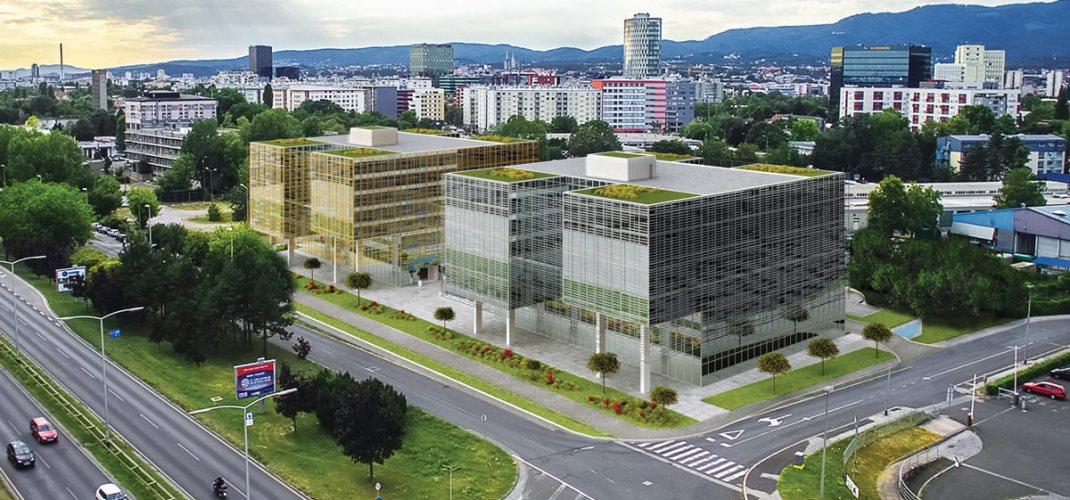1. The advanced ventilation systems of LEED buildings ensure greater quality of air (Indoor Air Index), so that air contains less CO2, toxic fumes, mites, bacteria, viruses, molds. Better air increases the cognitive abilities by up to 26%, while the incidence of asthma and allergies is reduced by 18-25%.
2. Careful regulation of internal temperature and humidity through smart HVOC systems is responsible for pleasant ambient – so-called thermal pleasure increases the cognitive abilities by 4-6%. Well-regulated temperature and humidity of air prevent the spread of flu and cold viruses, so people contract fewer illnesses and use the sick leave less.
3. Healthy, sustainable offices ensure the abundance of daylight and well-designed lightning. According to research, the daylight increases the productivity by up to 18%, while some research suggests the retail increase of 30% in spaces with natural lighting. The employees in spaces with better lightning, according to sleep trackers, sleep 6% better and 45 minutes longer. This is explained by the positive effect of the natural lightning on the regulation of the sleep cycle through secretion of hormones activated by blue light, that is present only in the sunlight.
4. Noise and acoustics are regulated in smart buildings through a selection of materials and type of construction that reduces unwanted noise and vibrations. This reduces the stress caused by constant exposure to noise and improves the concentration and productivity of employees.
5. Attractive common areas, green spaces, organic materials are not only nice additions to the ambient – research shows that people process the information 7-12% faster in nice surroundings. This is particularly the case with the view of greenery, nicely arranged gardens, green walls and other natural design elements.
6. "Look & feel" of the space is important - in nice spaces, people feel more satisfied, more relaxed and more peaceful, so during the construction of sustainable buildings special care is paid to the selection of attractive materials, furniture colors, and decorations.
7. Location and amenities contribute to the satisfaction and concentration of people on work. Stress-free parking, safe bicycle parking, showers, wardrobes, high-quality food, fitness and wellness, attractive and pleasant meeting rooms and workspaces eliminate possible distractions and enable the people to quietly dedicate themselves to work.





